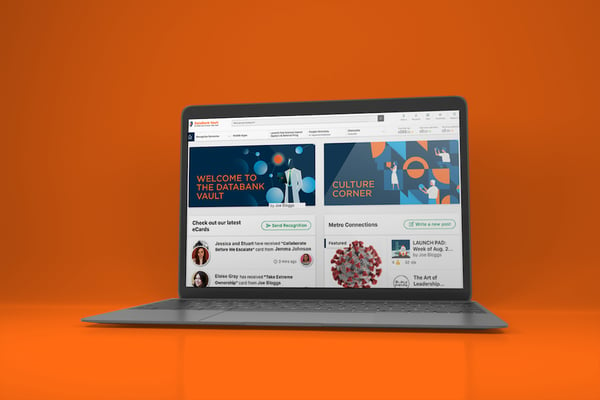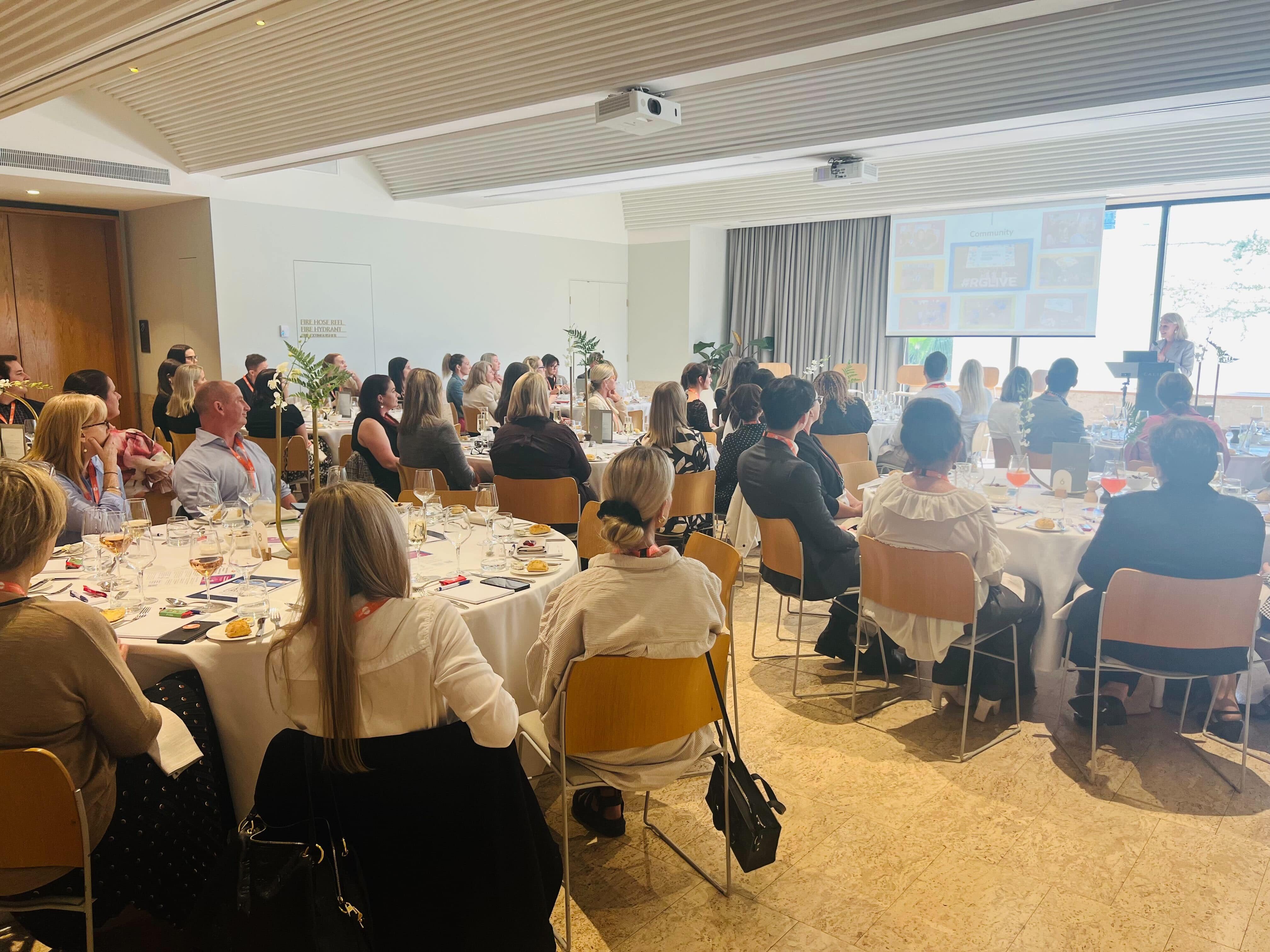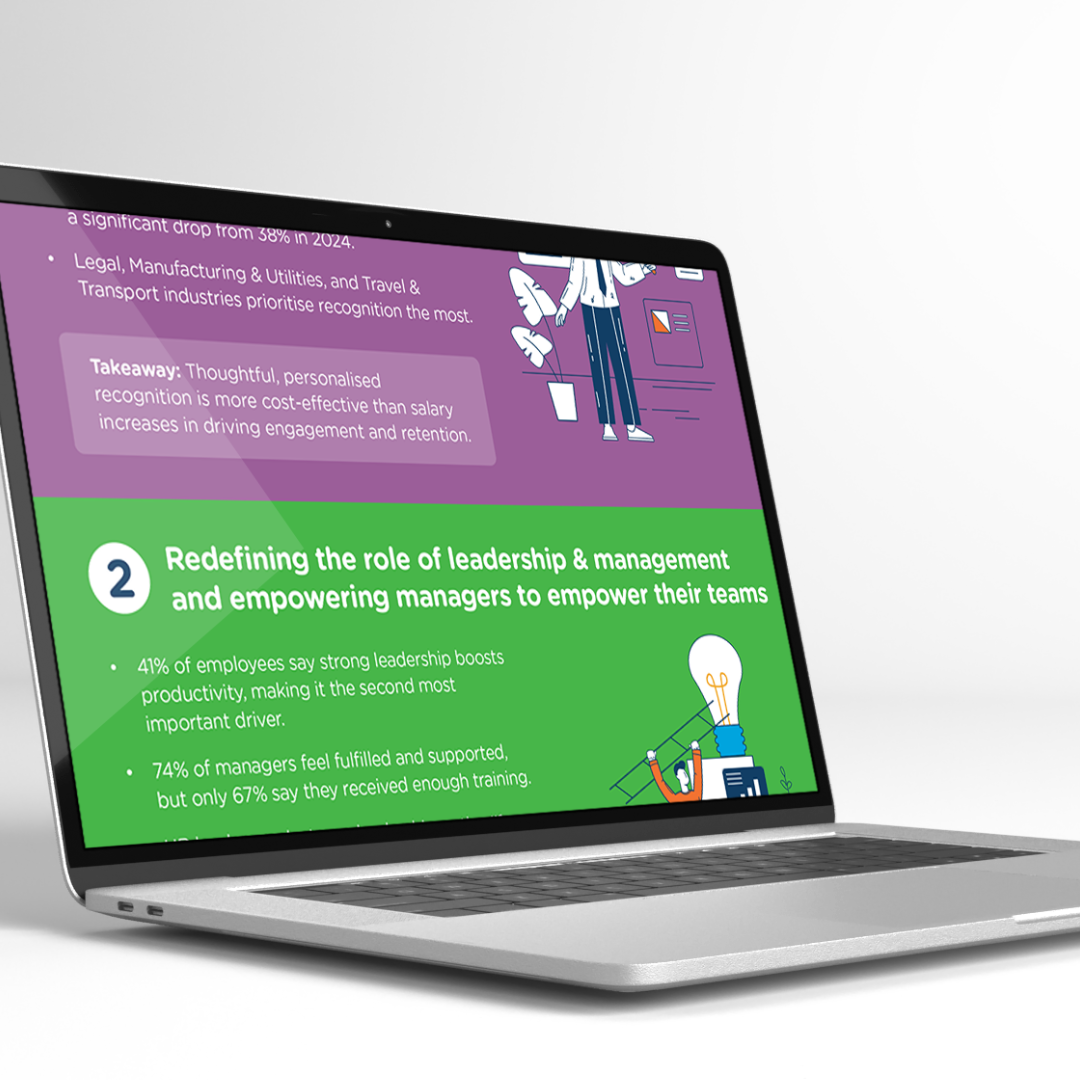How to improve technology partnerships
Forming a solid partnership takes time, there’s no doubt about it. But sometimes even after you’ve done all your research, evaluated different softwares and have all your ducks in a row, you still may encounter roadblocks. This is why it’s essential to try and be one step ahead.
On a recent webinar, we asked attendees what their most significant challenges with implementing new HR technology have been.
- 26% of respondents said they 'don’t speak IT'
- 24% of respondents said they have challenges with 'getting IT approval'
Knowing how and when to involve your internal stakeholders is a key piece of the technology partnership puzzle. Many times, launching an engagement platform means making sure that HR, IT and other areas of the business are speaking the same language, at the right time.
It's key that all teams:
- Are connected and aligned on the core value proposition to the business
- Understand the impact that the program will have on the business
- Are engaged and motivated to support with 'their piece of the puzzle'
In every partnership, part of my role is to work alongside HR to align internal stakeholders such as IT, Communications and Brand and Executive Management. It's my job to equip you with the information and tools you need to build and present a compelling business case that will engage your stakeholders and ensure you’re on your way to not only finding the right partner but finding long-lasting alignment. Here are six tips to build a solid technology partnership:
6 ways to improve technology partnerships
Improving technology partnerships can seem overwhelming at first, especially if this is your first time launching a new company-wide tool. Between information gathering, product demos and internal meetings, there’s a lot that goes into this decision. But we want to simplify the process for you with these six steps. Before you know it, you’ll be on your way to transforming company culture and reaching your business goals in no time.
| 1. Bring IT in early: Ensuring that you have the right stakeholders involved at the right time is crucial to launching a new HR technology. The sooner you gain buy-in, participation and feedback from IT, legal, procurement and others, the better. This will help us navigate challenges early and prevent unforeseen roadblocks. |
| 2. Start with a mutual goal: It’s likely that many stakeholders in different areas of your business have similar goals as HR. Figure out how to find a common ground. Is it reducing admin time? Is it equipping leaders with the tools they need to motivate their teams? Creating a smoother employee experience? Make sure you openly talk about your business goals (and challenges) together and how the software will help you reach them. |
| 3. Use precise language: Ditch the jargon and get down to the facts. Have you been noticing a decline in engagement scores? Are you losing top talent? Outline the investment and relative return on investment for your organisation. |
| 4. Understand 'the why' with objections: Know that sometimes you’ll face objections, and that’s OK. Take the extra time to understand where different stakeholders are coming from, and try to address their objections with opportunities. Can you find extra room in the budget next quarter? Can you find a champion to help you? Think about the ways you can continue pushing forward. For example, many companies have found ways to 'creatively' use their travel budgets this last 18 months to make an investment in employee engagement and wellbeing. |
| 5. Stay connected: Don’t let the project or investment stall for too long. Stay connected with not only your stakeholders but with your why and your goals. Remember what this program is going to do for you and your employees. Keep a launch date in mind and work backwards – what steps can you take in the meantime to reach this date? |
| 6. Recognise: Be sure to recognise those who listened to your presentation or went the extra mile to make this project happen. Recognition goes a long way, especially for stakeholders that don’t receive appreciation as much. And this will only reinforce the need for a company-wide tool to boost engagement. |
A real-life example of building the business case
One of our clients, JP Laqueur, SVP of Marketing at DataBank, went on a journey with 20 senior leaders to craft foundational messages, identify the company’s archetypes and define what are now its three Cultural Cornerstones and four Leadership Behaviours.
JP and the RG team demoed the engagement platform to the CEO and CFO to make sure they were bought in and understood how this would amplify the work they did to build the behaviours behind the brand and culture messaging. Then the CTO was brought in to check the box on security systems and integrations on the backend, including Single Sign-On, Slack and Office 365.

Reaching this point wouldn’t have been possible without the support of leadership, the entire C-suite and the CEO. JP adds,
It's critical to have those messages and those behaviours and for there to be buy-in across the organisation, people need to feel like they're meaningful. If you have that then the Reward Gateway platform becomes incredibly powerful.
The complete checklist for building a technology partnership
Alongside the six tips, the Reward Gateway Team has also learned a thing or two about answering questions about our technology early on in the process after working with over 2,000 organisations. We’ve put together a complete checklist of questions to share with your stakeholders (whether they’re IT, procurement, legal or marketing) so you know what to consider ahead of time when launching a new engagement platform.
Security:
- What is the company's approach to security?
- What certifications does the company have, such as ISO 27001?
- How will my employees access the system?

- Is single-sign-on an option? Is there an additional fee?
- Does the company meet global data protection regulations, such as GDPR?
Integration:
- Can your new platform talk to/share information with other HRIS or communication channels?
- What is the process for updating employee data?
- Does my team have clear direction on how to set up integrations?
- What systems do we want to make sure we integrate with?
Stakeholder Involvement:
- Who is the main decision-maker?
- Are the CEO and other leadership aware of this initiative and how can we get them involved?
- Who will be your project lead / sponsor? The two critical project roles who manage the Implementation on the client's end.
- Who (internally) needs to be involved in this project and when will you bring them in? Who will be responsible for what?
- Who will be the administrator(s) for the platform?
Implementation:
- What happens after you sign the contract?
- What is required from me to get the platform up and running?
- Does the partner have experience?
- What will you call this program?
- What obstacles may we encounter during implementation?
Benchmarking:
- What metrics are you looking to track or move the needle on as a result of this project?
- What challenges are you hoping to solve with this platform?
- Is there any current survey data or analytics to compare to?
- Does the provider have a dedicated success team to help us reach our long-term goals?
If you're interested in viewing the pdf, you can download it here.
Launching a new tool doesn’t have to be stressful. Achieving internal alignment and gaining buy-in is doable, if you take it one step at a time and work towards your own north star to transform your organisation for the better.
If you have any questions at all or want to learn more about Reward Gateway’s suite of employee engagement tools, get in touch with an Employee Engagement Specialist today.
 Sarina Pearson
Sarina Pearson






